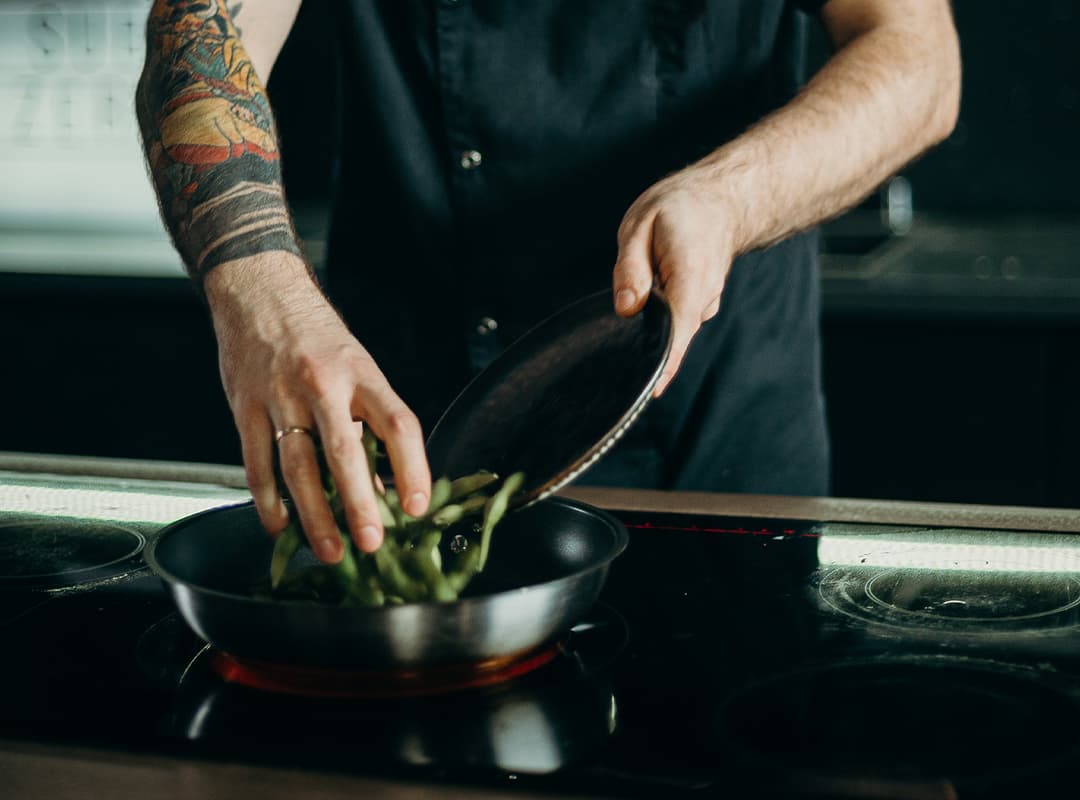The Culinary Revolution course is a powerful impulse of gastronomic innovations, which will not make you bored in the kitchen for a long time after its completion.
For three days you will become a direct participant in all processes, independently apply all the techniques outlined in the creation of their own dishes. Your brain will boil with new information, and you will have ideas for several years to come!
Day 1
I. Two systems of flavor combinations:
- Scientific approach based on the perception of flavor molecules.
- Classical approach based on analysis.
II. Spherification
1- History of the invention of technology and the role of Ferran Adrià in innovative gastronomy.
- The necessary inventory and equipment to realize the technology.
- Characterization of all the necessary textures and their alternatives.
- The two types of spherification and their techniques.
- Graphical understanding of the processes and preparation of ingredients.
- Synergy and dosage tables.
- Secrets and nuances of chemical processes.
III. Thickening
- Properties of basic textures.
- Thickening techniques:
- emulsification
- foam stabilization
- frozen foams
- dry foams
- aerating sauces.
IV. Dehydration
Principles and techniques of dehydration.
Day 2
I. Gelation
- What are gels?
- equipment and techniques.
- Traditional and modern gels.
- Textures for creating gels.
- Types of gels and gelling techniques.
II. Foaming
- What is foaming?
2.Equipment and techniques. - Traditional and modern foams.
- Textures for creating foams.
- The use of gelatin to stabilize foams.
- Types of foams:
- air foams (airs)
- light foams
- thick foams
- mousses
- flavored butter foam
- spong cake in 40 seconds
- hard foams
- stable foams.
III. Dry Ice and Liquid Nitrogen
- techniques for using dry ice and nitrogen.
- Safety rules.
Day 3
I. Principles of composition of elements on the plate
II. Low temperature Sous Vide technology
1- Equipment for the technology.
- Advantages and disadvantages.
- The 3 main principles and 4 basic techniques.
- Cooking different foods, possibilities and limitations.
- Thomas Keller’s cuisine.
- Working with temperature tables.
III. Principles of serving and serving:
“Sets in Molecular Cuisine.”
